markmar
Silver Member
- Oct 17, 2012
- 4,155
- 6,334
- Primary Interest:
- All Treasure Hunting
I must admit that I haven't purchased or read Babcock's book. Therefore, I cannot offer much of an opinion on his treatment of the subject of Aztecs in the Superstition Mountains, other than to say I suspect the cave and treasures described in Rosalee's letter are based more on the author's imagination than anything discovered in reality.
Have you read the book, and does Babcock claim to have found this cave ?
I haven't read the Babcock's book, but this isn't necessary because the Rosalle's letter wouldn't change its composition if copied in a book or in a web site. I don't believe also the Rosalle's letter to be based in his imagination, because he wasn't aware the letter is encrypted and doubded the date of the latter. Using his logic, he changed the date of the latter from 1816 to 1896. So, this shows he tried to find out if the letter is genuine and did some research for where it's clues could be tied.
IMHO he never found the cave, because he didn't has the skills to understand what was the real meaning of the letter.
Amazon Forum Fav 👍
Last edited:



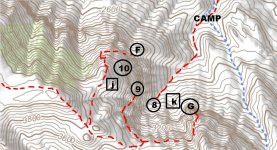
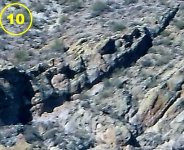
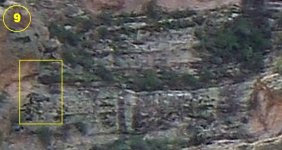
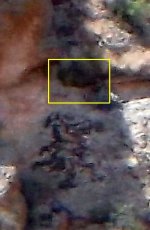
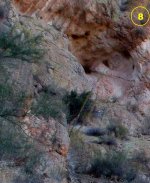
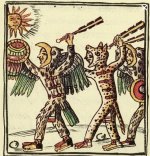
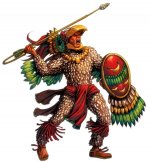

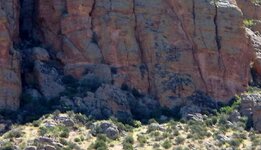
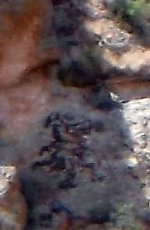
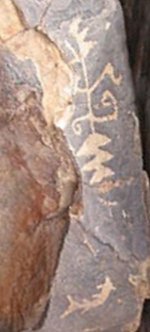
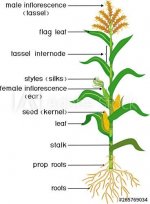
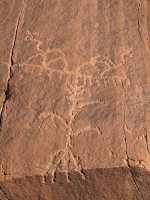
![[ j] fish petro.jpg [ j] fish petro.jpg](https://www.treasurenet.com/data/attachments/1753/1753646-3bc5a8cfd09836e7027e7ac886078d30.jpg)
